Key Points and Summary – Ottawa is reviewing its $19B CAD F-35 purchase amid trade tensions and supply concerns, prompting speculation about swapping remaining jets for Saab’s JAS 39 Gripen.
-The move would create a mixed fleet—doubling training pipelines, simulators, spares, and maintenance complexity—while risking NORAD interoperability with the U.S.
-The F-35’s vast global fleet ensures parts, upgrades, and economies of scale the low-volume Gripen can’t match.
-Promised Canadian assembly jobs are temporary; lifecycle work gravitates overseas.
-Capability matters most: the F-35’s stealth and sensor fusion deliver true fifth-gen performance, whereas Gripen E is not stealth. Canada should prioritize long-term security and interoperability by completing the F-35 acquisition.
Why Canada Shouldn’t Gamble on the JAS 39 Gripen
Canada is still awaiting the public release of findings from a review of a $19 billion CAD contract with Lockheed Martin to acquire 88 Lockheed Martin F-35A jets, but the answer should already be clear. In March 2025, Prime Minister Mark Carney ordered a review of the procurement plans, despite Canada having already paid for the first F-35s.
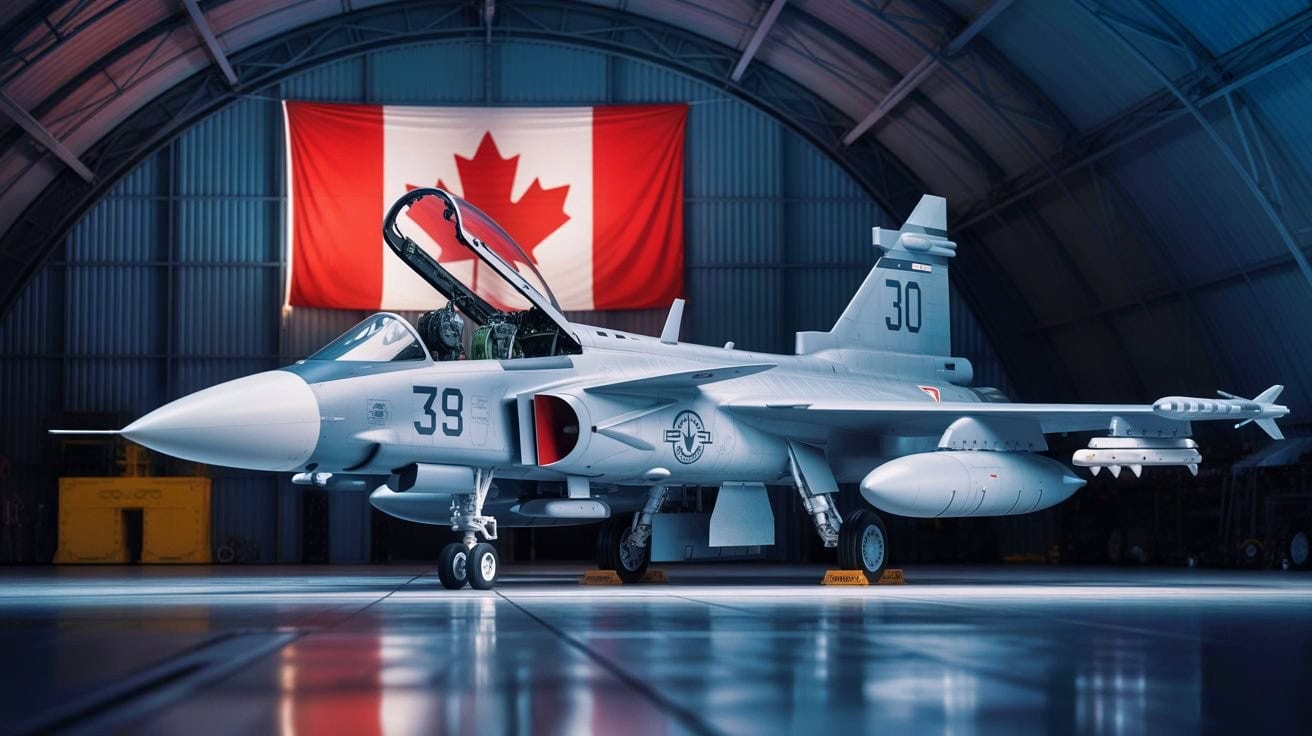
JAS 39 Gripen Fighter for Canada. Image Credit: Ideogram.
The decision was prompted by mounting trade tensions with the United States, concerns about supply chain dependence, and frustration over delays and cost escalations in the F-35 program. And while Canada has already legally committed to purchasing the first 16 American stealth fighters, the remaining 72 aircraft may never arrive – and could be replaced with a fleet of JAS 39 fighter jets from Sweden’s Saab.
The full findings of the review were expected to be released by the end of the summer, but officials have yet to confirm plans. There has been widespread speculation throughout the summer that Canada was set to strike a deal with Saab and push ahead with plans for a mixed fleet of fighters – and that’s just one of multiple reasons why a switch to Saab’s offering now could pose problems for Canada.
A Mixed Fleet Is A Bad Idea
Canada’s Air Force has already internally cautioned that integrating a mixed fleet of F-35s and Gripens would impose severe operational, logistical, and financial burdens.
Under this scenario, Canada would need two distinct pilot training pipelines, two different simulators, double the maintenance and supply logistics (even though major maintenance for the F-35 takes place in the U.S.), and double the spare parts inventories for both platforms. Moreover, the Canadian forces currently lack even sufficient manpower to fully support the transition to the F-35 fully, and doubling that burden could stretch personnel well beyond capacity.
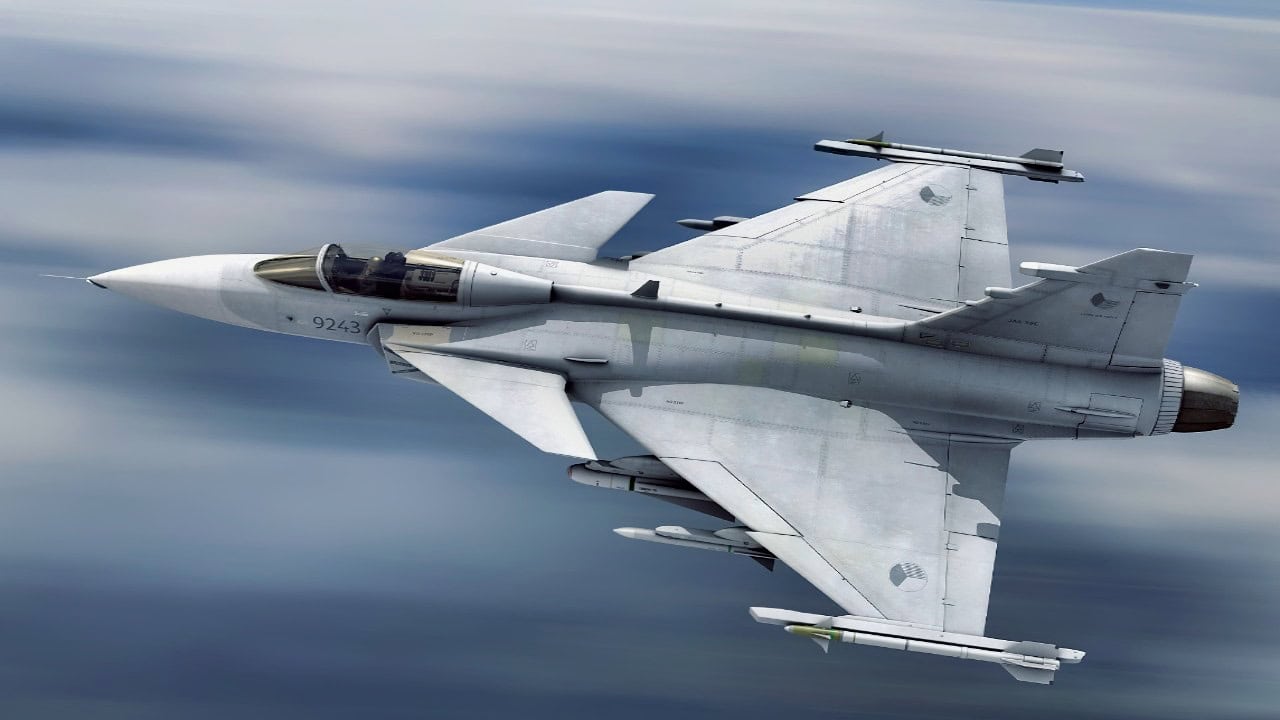
JAS 39 Gripen. Image Credit: Creative Commons.
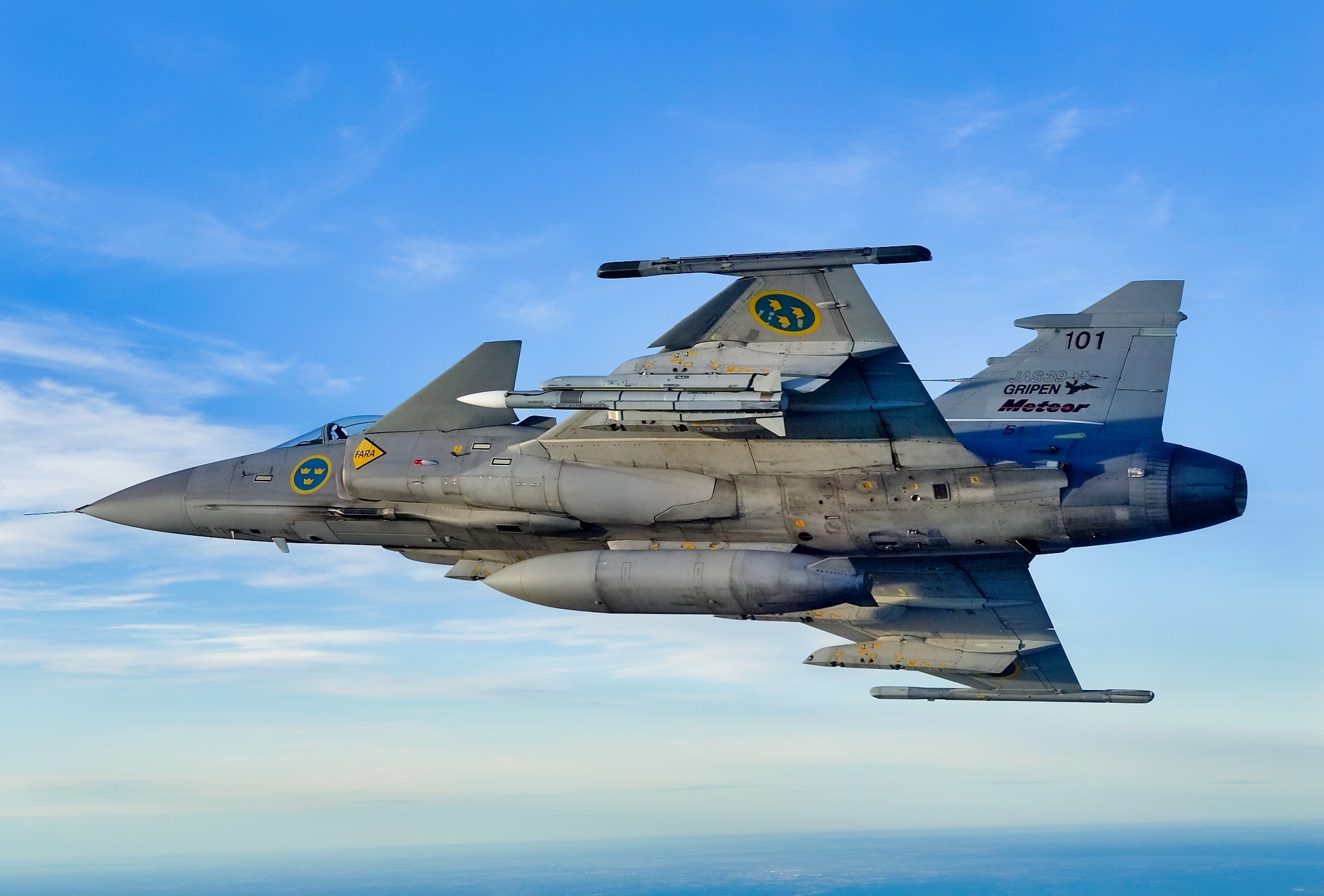
JAS 39 Gripen. Image Credit: Creative Commons.
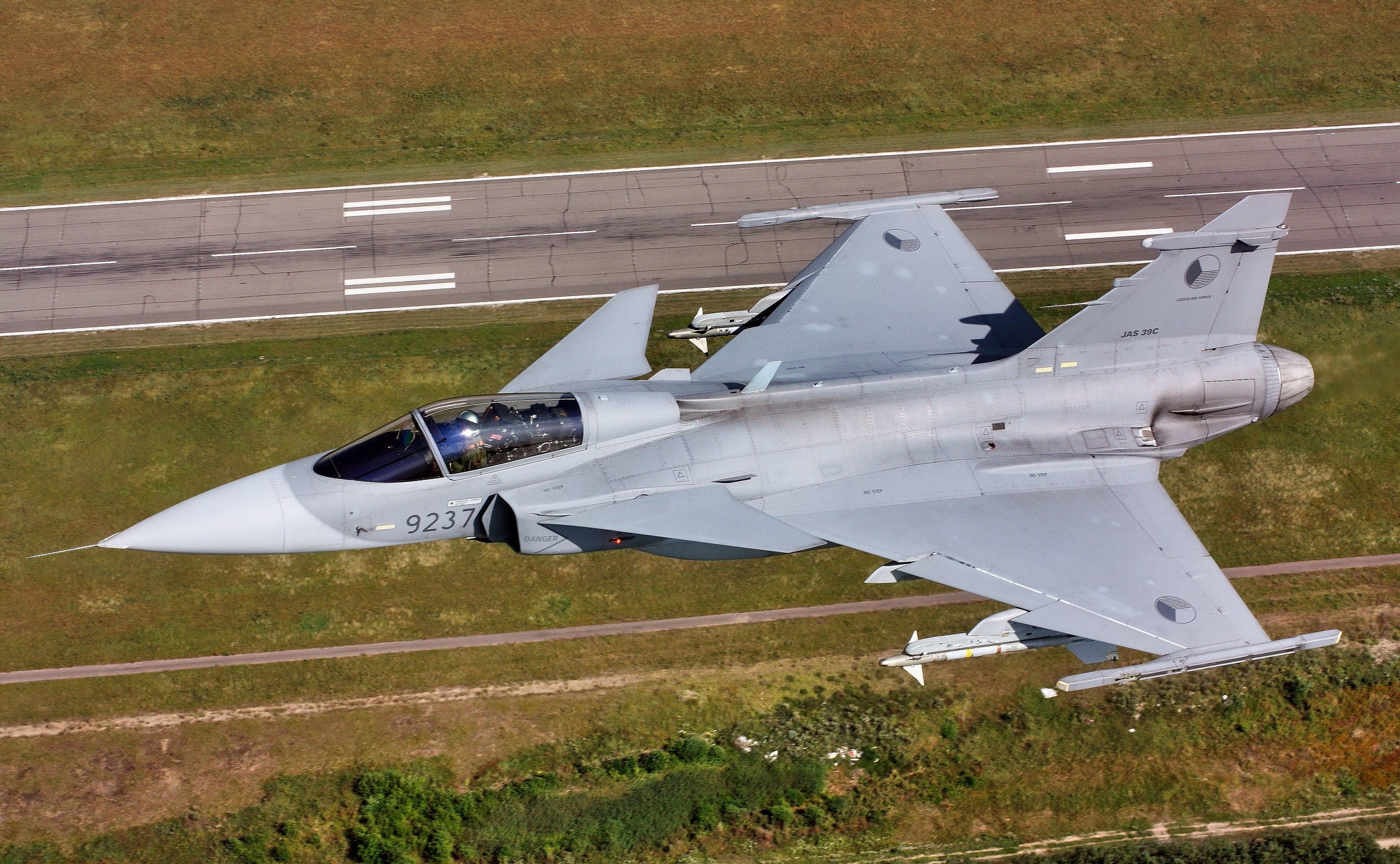
JAS 39 Gripen over a Road. Image Credit: Creative Commons.
Interoperability with the U.S. Air Force and NORAD is another major concern. As Canada and the U.S. share air-defense architectures, integrating a non-U.S. fighter into that system could well disrupt operations, harm deployments, and complicate military responses. The risk of diplomatic friction is obvious, too.
Sweden Doesn’t Manufacture Enough
The F-35 is one of the most widely adopted fifth-generation fighters in the world. As of 2025, more than 990 F-35s had been produced, and its global export record is varied.
Allied and partner nations, including Australia, Belgium, and the Czech Republic, already operate them in their dozens. Germany, Greece, Italy, Israel, Japan, South Korea, Switzerland, Norway, and others also already operate or have ordered their own F-35 variants.
Because F-35s are produced and exported in these huge numbers, industrial scale delivers lower unit support costs, robust spare parts networks, and years of upgrades and modernization.
By contrast, Saab’s export record for the Gripen is limited. The Swedish Air Force has ordered approximately 60 Gripen E jets for domestic service, as well as earlier variants of the Gripen. Saab’s most significant export contract for the E/F version has been Brazil, which purchased 36 aircraft – and since that deal, Sweden has struggled to find new buyers beyond smaller orders of older variants.
That low production volume carries real risks for Canada. Fewer users mean less industrial investment in the platform, thinner supply chains, and lower economies of scale—all of which result in higher costs in the long run. There’s even the risk of obsolescence.
Even if Saab promises a specific period of maintenance support, the reality of aerospace supply chains is that long-term sustainment often goes well beyond original projections – particularly for low-demand systems. The F-35, with its high volume and broad user base, gives Canada a safer bet in terms of parts availability and upgrade pathways.
Jobs Are Temporary
The main and most compelling pitch to the Canadians from Saab was the promise of assembly in Canada, creating domestic job opportunities and industrial capacity. While that may sound attractive—and indeed, it could well be the reason Carney ultimately chooses the Gripen—the reality is that these jobs are temporary and tied to the procurement window.
Once the jets are built and delivered, the ongoing lifecycle maintenance and upgrades will likely revert to the manufacturer in Sweden or elsewhere, leaving Canada without the industrial sovereignty that is often used as an argument against choosing the F-35.
The F-35 Is Better
Among all the reasons Canada should opt for the F-35, the fact that it is a superior fighter compared to the Gripen is the most obvious. The F-35 is a true fifth-generation fighter, built from the ground up with stealth, sensor fusion, and internal weapons bays, allowing it to penetrate contested airspace while remaining difficult to detect.
By contrast, the Gripen E is not a stealth aircraft; it lacks the shaping and signature-control features of the F-35 and just carry most stores externally, increasing its radar cross section.
Ultimately, Canada must decide whether to prioritize short-term politics or long-term security – and opting for anything other than the F-35 suggests Carney is leaning towards the former.
About the Author:
Jack Buckby is a British author, counter-extremism researcher, and journalist based in New York who writes frequently for National Security Journal. Reporting on the U.K., Europe, and the U.S., he works to analyze and understand left-wing and right-wing radicalization, and reports on Western governments’ approaches to the pressing issues of today. His books and research papers explore these themes and propose pragmatic solutions to our increasingly polarized society. His latest book is The Truth Teller: RFK Jr. and the Case for a Post-Partisan Presidency.

.jpeg)


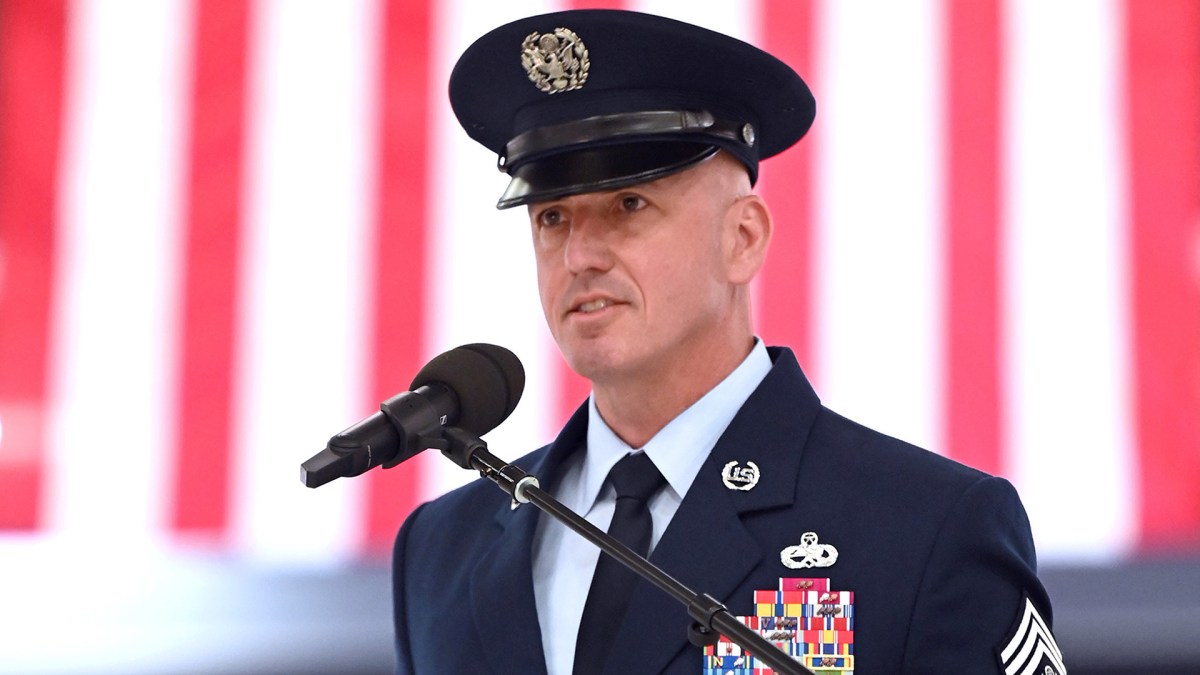
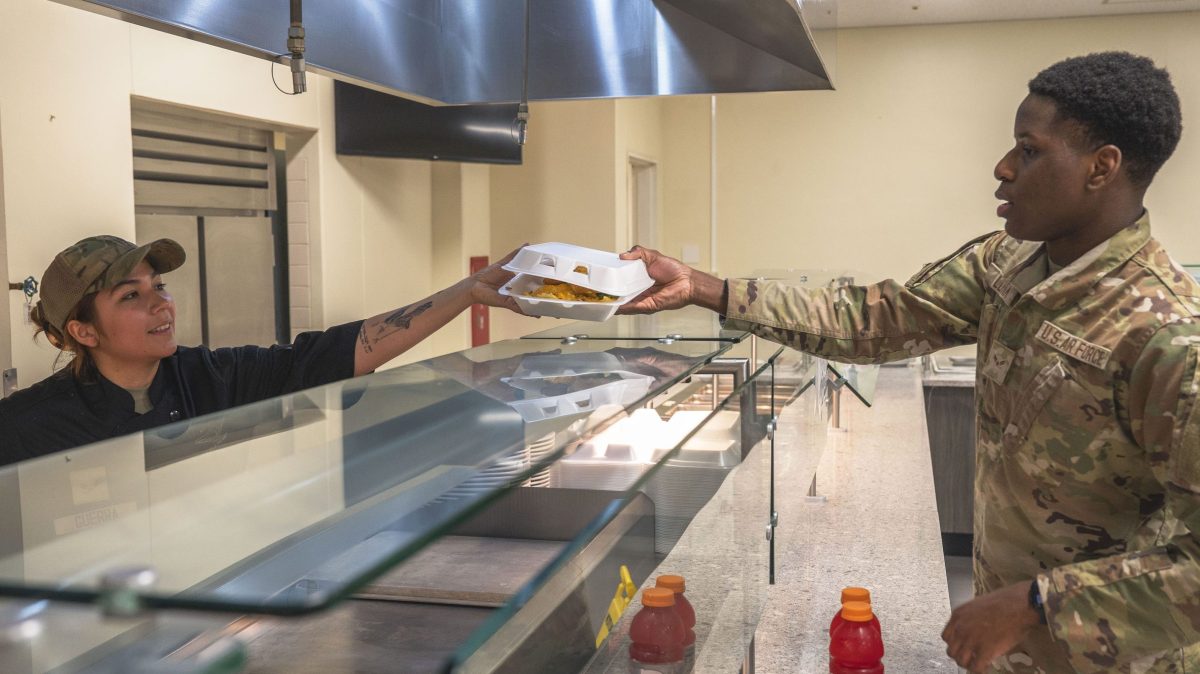


















.jpeg)













 English (US) ·
English (US) ·